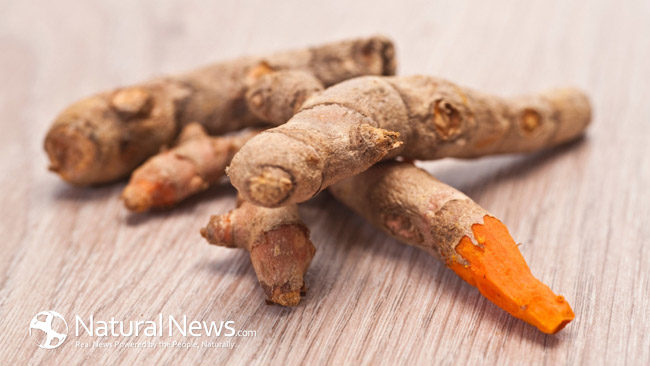Intro
Turmeric (Curcuma Longa) is a perennial herb plant of the ginger family mostly known for its use as curry powder in Indian cuisine. From the ancient time, in the Indian subcontinent, almost all the curry dishes make use of this great spice. Turmeric has also been used in alternative medicine as a key ingredient for its medicinal properties and beauty remedies.
Turmeric is a South-East Asian tropical plant and used for its underground rhizomes. The key difference between turmeric and other herbs is that in the case of turmeric, roots are going to be harvested, not the leaves.
If you want some fresh & organic turmeric, growing it at home is not much difficult.
Prerequisite of Growing Turmeric
- Since it’s a tropical plant, you need a warm climate to grow turmeric. The minimum temperature requirement is 65 degree Fahrenheit or 18 degree Celsius.
- Germination starts from the roots, not the seeds.
- Regarding lighting, it needs complete sunlight or a little shade.
- The harvesting period is between 8 to 10 months.
- Turmeric can be grown both in garden beds or wide containers.
- For a better outcome, you need well-drained soil and regular watering.
Plantation
The planting process of turmeric starts with the root or rhizome, not the seeds. Fresh turmeric root sticks need to be planted minimum 2 inches below the soil. The bud/s will sprout from the planted root within 30 to 45 days. If there are already any buds on the root to be planted, you just need to make it turn upward so that it can sprout to the sun direction.
You need to keep the soil damp. However, do not make the soil too soppy for it may decompose the root.
Ground Vs Containers
The recommended procedure of turmeric plantation begins from indoor and later transferring it outdoor. In the initial segment, the seedlings require proper care and temperature. Therefore, even if the turmeric can be grown both in garden beds or containers, first step should be indoor container root plantation. When the sprouts begin to grow from the roots, it can be transferred to outdoor container or garden bed. You need to keep an eye on the soil as it should not be water retaining.
The key advantage of growing turmeric in containers is that if you live in high-rises or apartments and don’t have access to a garden bed. Another advantage of growing turmeric in containers lies in the fact that it can be moved indoors if there is snow or frost. The width or breadth of the compartment ought to be least 12 inches to sufficiently offer space to the plant. Otherwise, if you have access to a ground bed, you can plant turmeric roots at a distance of 12 to 16 inches between seedlings.
Moisture & Fertilizer
Watering is important but water retention could decompose the roots. In Winter, Turmeric needs less water but once the budding period starts, you will need to water frequently to keep the soil moist.
To quicken the development, you have to nourish composts to the plant. Once per week or once at regular intervals, fluid compost bolstering would be perfect.
Pests and Diseases
Because of its fiery odor, insects easily get pulled in to it. In some district, turmeric plants have a tendency to create parasitic contaminations. Therefore, you have to check the plant leaves consistently since leaves get fixes and tend to turn yellow under the disease, which ultimately demolish the entire plant.
Outside of Asia, insects are commonly unprecedented. Regardless of the possibility that bugs like Aphids and Mites cluster on the leaves, they can undoubtedly be washed off by a sprinkle of standard water.
Harvesting
Harvesting implies expelling roots from the turmeric plants. To begin with, you have to uncover the whole plant and afterward gradually evacuate the roots. You will come to know about the harvesting time by the looks of yellowing and shedding takes off.
Storage
You can store turmeric in the cooler or other cool and dim spots without much of a stretch. Before putting away, you have to tidy up the turmeric precisely. You can store unpeeled roots in an airtight container since it stays useful for no less than 6 months.
Conclusion
Alongside its culinary uses, turmeric has proven its medicinal properties and beauty remedies. In South-East region, it is widely known as a natural pain killer. You can now effortlessly develop and utilize new turmeric at you home with straightforward methods of gathering new root, a wide holder, depleted soil, periodical water and normal daylight.
Sources:
http://www.gardeningblog.net/how-to-grow/turmeric
http://www.mykitchengarden.info/2014/08/growing-turmeric.html





